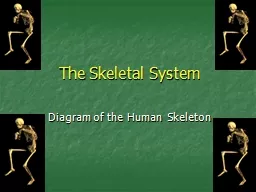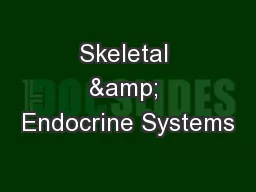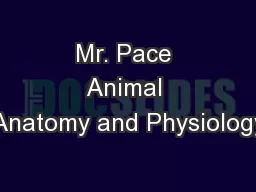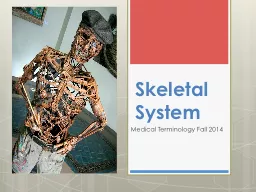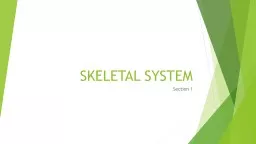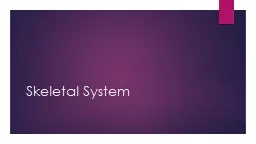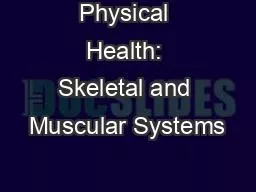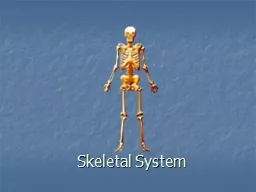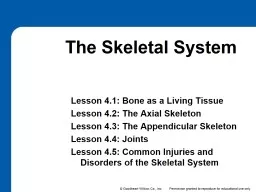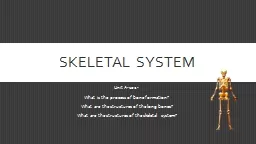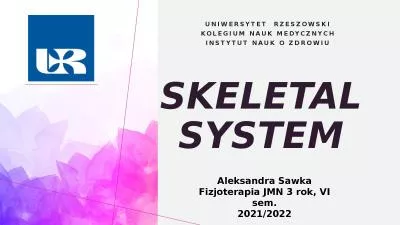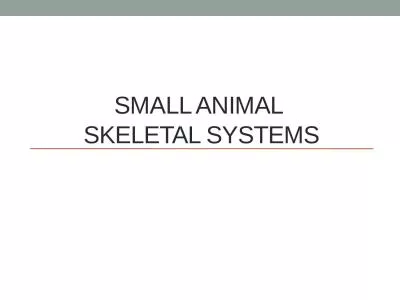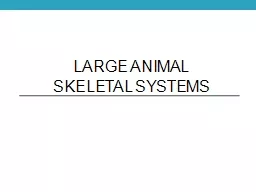PPT-The Skeletal System Bone Diseases, Disorders, & Injuries
Author : stefany-barnette | Published Date : 2020-04-03
Overview Three divisions for our discussion Types of fractures Postural Deformities Conditions and Diseases Fractures Are cracks or breaks within the bone They can
Presentation Embed Code
Download Presentation
Download Presentation The PPT/PDF document " The Skeletal System Bone Diseases, Diso..." is the property of its rightful owner. Permission is granted to download and print the materials on this website for personal, non-commercial use only, and to display it on your personal computer provided you do not modify the materials and that you retain all copyright notices contained in the materials. By downloading content from our website, you accept the terms of this agreement.
The Skeletal System Bone Diseases, Disorders, & Injuries: Transcript
Download Rules Of Document
" The Skeletal System Bone Diseases, Disorders, & Injuries"The content belongs to its owner. You may download and print it for personal use, without modification, and keep all copyright notices. By downloading, you agree to these terms.
Related Documents

